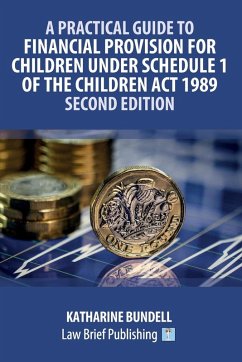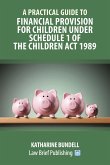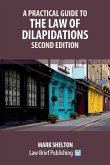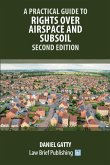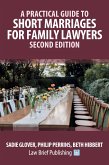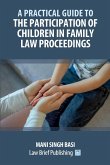This is the second and updated edition of a practitioner's guide to running a Schedule 1 case. It is written for those who consider themselves family practitioners and are comfortable with financial remedy work. It is not an academic tome or discursive legal text, but a guide. It is written in a relaxed style and is intended to take you from the time when the client arrives with their problems to the final award. It set out the relevant bits of statute and illustrates how that is applied with up to date case law. It also focuses heavily on practice points, considering tactics, strategies, common arguments and regular pitfalls. This book takes you through the procedural steps of running or defending such an application, from the form filling and pleadings to evidence gathering, managing a client's expectations, advising on outcome and framing a final order. It sets out the legal context in detail both totemic and recent cases, big money and modest assets, so that you always have a legal authority for the point you wish to run. It explores the inter-relationship between Schedule 1 and trusts of land cases and has a useful and detailed chapter on all of the basics of TLATA, estoppel and s 37 MPPA 1970, both procedure and legal principles, so that you can advise clients on this aspect and run a parallel case with confidence. Ultimately the book is a plea to practitioners to make more and better use of the unloved but rather helpful Schedule 1, to have confidence in it and not to save it just for special occasions. CONTENTS 1: Introduction: The Purpose of This Guide 2: The Statute 3: Schedule 1 and Statutory Child Support: A Double Act? 4: How Does Schedule 1 Differ From Ancillary Relief? 5: The Scope 6: What Orders Can Be Made Under Schedule 1? 7: The Parties 8: Blended Families and Morgan v Hill 2006 9: Schedule 1 Outside of the Court Process 10: Schedule 1 Inside the Court Process: Form E (1), Questionnaires and Narrative Statements 11: Periodical Payments 12: Lump Sums 13: Costs 14: Property Settlement and Transfer 15: Subsequent Orders 16: Trusts of Land Claims
Bitte wählen Sie Ihr Anliegen aus.
Rechnungen
Retourenschein anfordern
Bestellstatus
Storno

